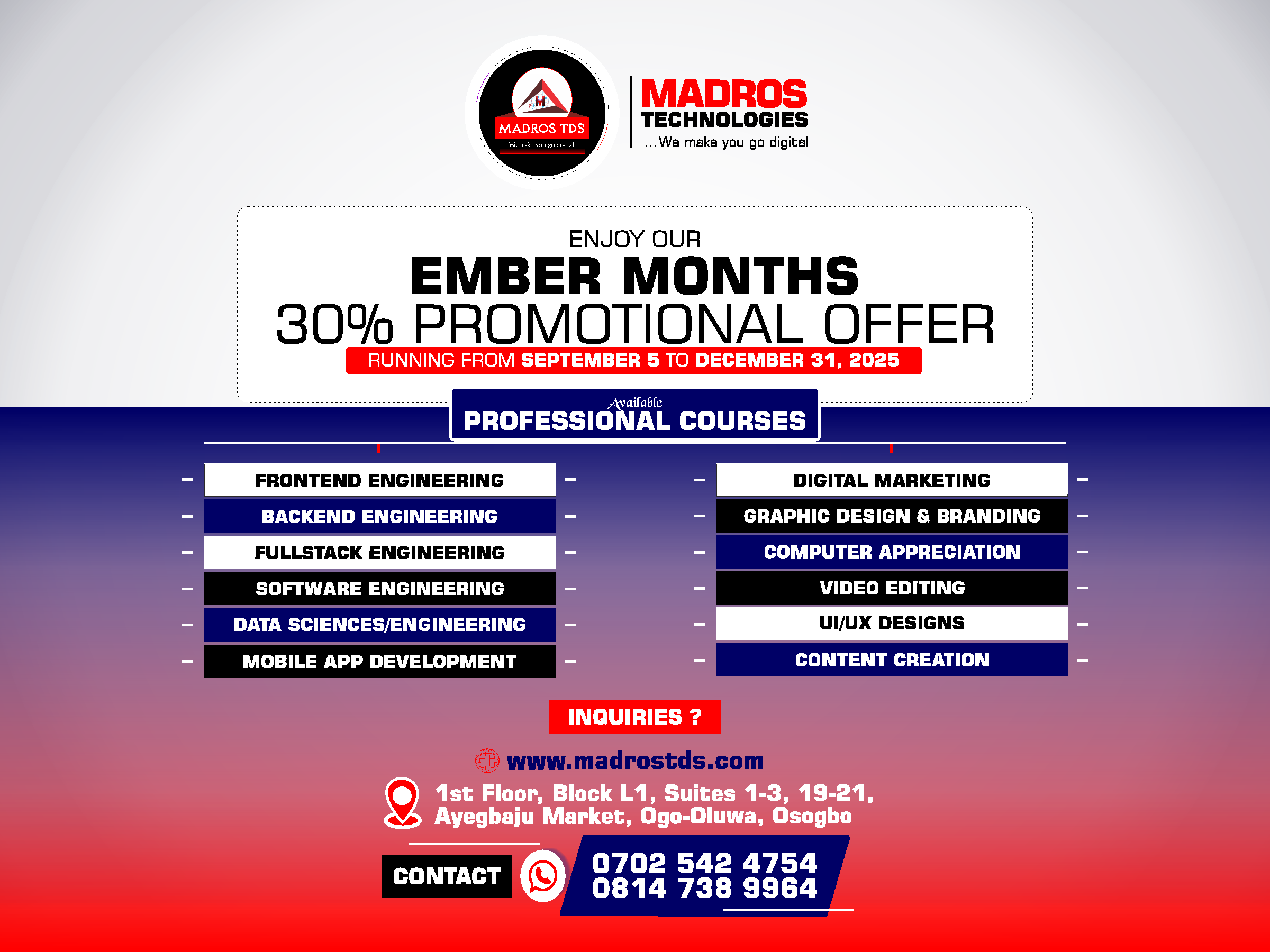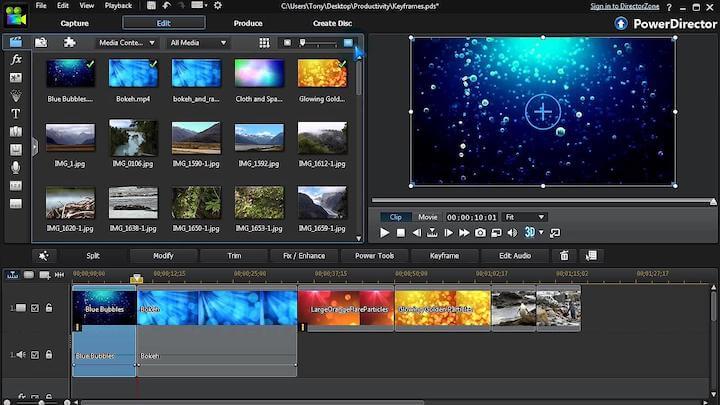The Power of Video Marketing: Tips for Industry Leaders

In the fast-paced digital landscape, businesses must find innovative ways to communicate their message and connect with their audience. One of the most powerful tools at their disposal is video marketing. Videos have the unique ability to inform, entertain, and persuade viewers, making them an increasingly essential component of effective marketing strategies. In this article, we will explore the power of video marketing and provide industry leaders with actionable tips for creating engaging content that captivates audiences.
Why Video Marketing Matters

1. Increased Engagement
Video content is known to generate significantly higher engagement rates than text or static images. According to a report by HubSpot, videos on social media generate 1200% more shares than text and images combined. This engagement translates into increased brand visibility, as shares lead to expanded reach and higher chances of going viral.
2. Improved Brand Recall
When it comes to memory retention, video outperforms other formats. Research shows that viewers retain 95% of a message when they watch it in a video compared to just 10% when reading it in text. This powerful retention makes video marketing a quintessential technique for brands looking to embed their message into the minds of their audience.
3. Higher Conversion Rates
Video marketing can dramatically boost conversions. Wyzowl’s 2023 Video Marketing Statistics report indicates that 86% of businesses use video as a marketing tool, and 94% of marketers say video has helped increase user understanding of their product or service. Additionally, landing pages with video can lead to an increase in conversions by up to 80%. When properly executed, video marketing can convert viewers into customers more effectively than other methods.
Types of Video Content to Consider
1. Brand Storytelling
Storytelling through video allows brands to encapsulate their mission, vision, and values in an engaging format. For instance, consider Nike’s storytelling approach—it effectively marries emotion with inspiration, motivating viewers and strengthening its brand identity.
2. Tutorials and How-Tos
Educational content like tutorials not only provides value to viewers but positions your brand as an authority in your industry. For example, Apple’s customer support features instructional videos that guide users through their products, enhancing user experience while subtly promoting its technology.
3. Customer Testimonials
Testimonials add credibility and build trust. Showcasing satisfied customers sharing their experiences can greatly influence potential buyers. Companies like Slack excel at this, using genuine customer stories to highlight the practical benefits of their products.
4. Behind-the-Scenes (BTS)
Giving your audience a peek behind the curtain helps humanize your brand. BTS videos can create a sense of community and connection. For instance, Ben & Jerry’s has utilized BTS content to showcase their unique culture, which resonates well with its audience.
5. Product Demonstrations
Showcasing products in action is essential to illustrate their functionality and benefits. Brands like GoPro use dynamic footage showcasing their cameras' capabilities, making potential customers eager to own the product.
Tips for Creating Engaging Video Content

1. Know Your Audience
Understanding your audience is the cornerstone of creating effective video content. Conduct market research to determine their preferences, pain points, and motivations. Use tools like Google Analytics and Social Media Insights to gather data about your audience's behavior.
2. Start with a Strong Script
Crafting a compelling script is vital for planning your video's content and flow. Consider using the AIDA model (Attention, Interest, Desire, Action) to structure your script effectively. This model will help you hook your audience, sustain their attention, inspire desire for your product or service, and prompt them to take action.
3. Focus on Quality
The quality of your video is critical and can influence how your audience perceives your brand. Invest in good production equipment, lighting, and editing software to ensure your final product looks professional. Brands with high-quality video content often outperform competitors in audience engagement and trust.
4. Optimize for SEO
Just like any other content type, optimizing your videos for search engines is crucial. Use relevant keywords in your video title, description, and tags. Also, consider creating a video sitemap to help search engines index your video content properly.
5. Make It Mobile-Friendly
With mobile devices accounting for a significant portion of video views, it’s critical to ensure that your videos are optimized for mobile consumption. Use responsive video players and design your videos to be easily watchable on smaller screens. Youtube’s mobile app is a prime example of how to capitalize on this trend.
6. Leverage Social Media
Social media platforms are ideal for distributing video content. Tailor your videos for each platform—shorter videos for platforms like Instagram or TikTok and longer ones for YouTube. Engaging on social media also means responding to comments and encouraging viewers to share your videos.
7. Incorporate Calls to Action (CTAs)
Make sure to direct viewers towards desired actions with clear CTAs at the end of your video. Whether it’s visiting your website, subscribing to your channel, or following your social media, a strong CTA can significantly impact the effectiveness of your video.
8. Test and Iterate
The digital landscape is ever-changing, and so are audience preferences. Use A/B testing to determine which version of your video performs better. Analyze metrics such as viewer retention rate and engagement, and adjust your content strategy accordingly.
Measuring the Success of Your Video Marketing Campaign
1. Track Engagement Metrics
Monitor key performance indicators (KPIs) like views, shares, likes, and comments. Each of these metrics provides insight into how well your content resonates with your audience.
2. Analyze Viewer Retention
Use platforms like YouTube Analytics to check viewer retention rates. Understanding how long people watch your videos can provide valuable insights into where to improve your content.
3. Review Conversion Rates
Ultimately, the success of video marketing is measured by its ability to drive conversions. Monitor how many viewers follow through on your calls to action by tracking website visits, lead submissions, or sales that result from your videos.
4. Gather Audience Feedback
Encourage viewer feedback through comments or surveys to assess the effectiveness of your content. Genuine feedback can help you determine what aspects of your videos are working and what needs improvement.
Conclusion
The power of video marketing lies in its ability to encapsulate stories, build relationships, and drive engagement. By implementing the strategies and tips outlined in this article, industry leaders can unlock the potential of video marketing to captivate their audience and achieve their business objectives. As the digital landscape evolves, those who harness the persuasive capabilities of video will likely set themselves apart from the competition.
In a world full of distractions, video marketing offers a dynamic and engaging way to connect with your audience on a deeper level. So, dive into the world of video marketing, explore your creativity, and elevate your brand’s presence—your audience is waiting!
If you found this content useful, please do well to share:
Blog Search
Latest Posts

Unlocking Your Migration Dreams: From Osun Tech Space to Global Spaces
October 13, 2025Gain visa insights, tech skills, & funding for global success. Join Our Webinar with VESTI on October 18th and unlock your migration dreams for a global fut

Unlock Your Tech Future: Seize a 30% Discount on Professional Tech Courses at Madros Technologies!
September 6, 2025Ready for a career change? Madros Technologies offers 30% OFF expert-led tech training. Master in-demand skills like Software Engineering, Digital Marketing, Da

Quick Window Offer: Extended August Discount Offer – Your Tech Dreams, 40% Off!
August 12, 2025Transform your future with 40% off Madros Technologies courses! Gain job-ready skills in coding, design, and digital marketing fields. This is an extended disco

Your Tech Dream: Closer Than You Think (And Half Off!)
July 5, 2025Unlock your tech potential with Madros Technologies! Get 50% off cutting-edge courses & transform your future. Your dream career starts here.

Using Figma: Tutorial for Beginner Product Designers
June 7, 2025A beginner’s walkthrough of Figma for prototyping and design collaboration

Top 5 Video Editing Software for Beginners
June 7, 2025Discover the best tools for newbie editors to create stunning videos easily
